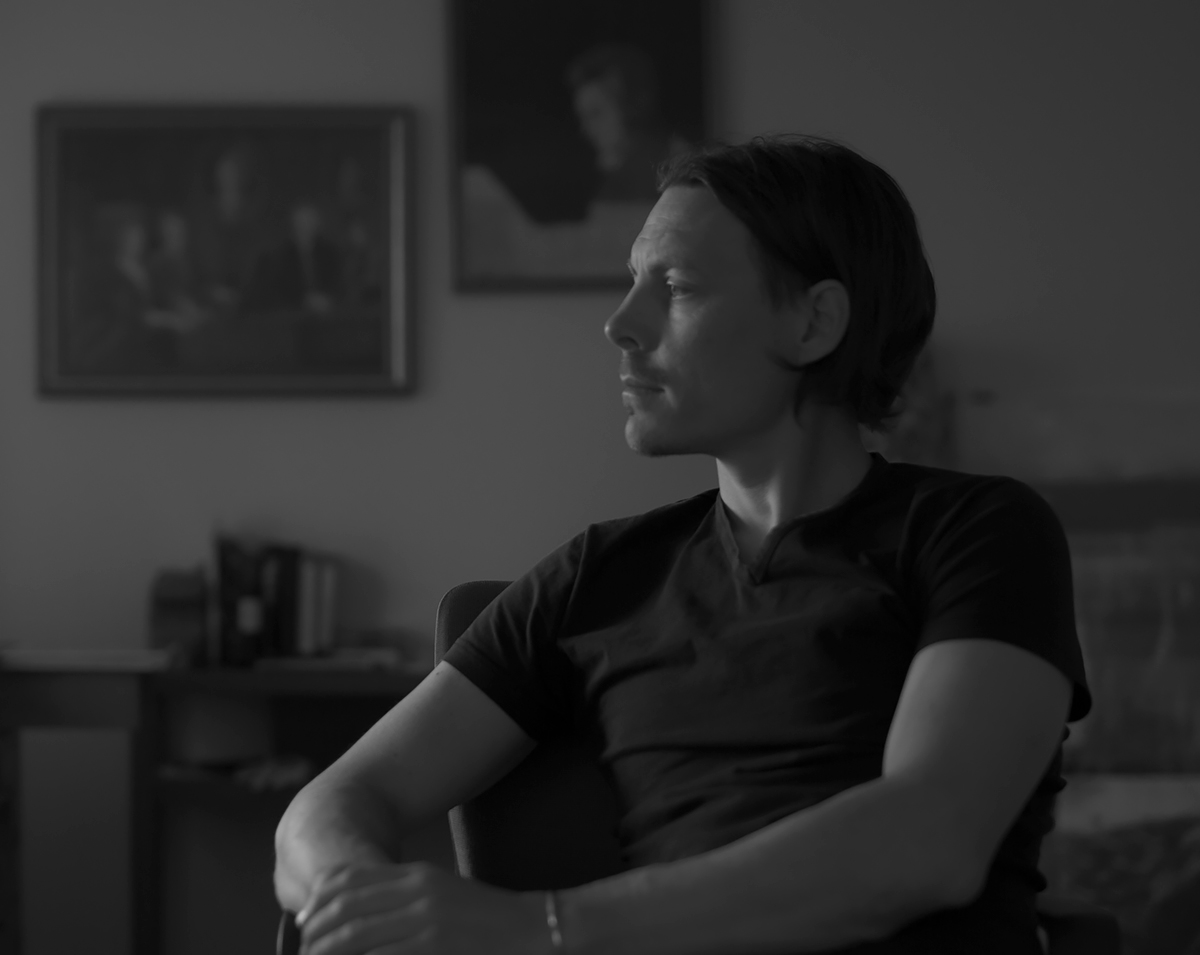Ole Marius Joergensen is an artist with a background in film based in Asker, Norway.
He is best known for his meticulously staged cinematic photographs. With the use of theatrical light and vivid color juxtapositions, Ole Marius' work emphasizes the mystery and duality of rural life in the modern world.
A child of 80s rural Norway, he became fascinated with suburban America, like the popular narratives told on screen by Steven Spielberg and the storytelling of author Stephen King. Drawn to the descriptive narrative and quality of light, he found himself wanting to create his own stories.
Influenced by the work of the mid century painter Hopper and the directors Alfred Hitchcock, David Lynch, as well as 19th Century painting traditions of David Caspar Frederic, his work often depicts ordinary situations infused with a unique narrative that unlocks an unexpected mystery that feels both old and new.
In 2014 he debuted his first major series "No Superhero," an ode to one of his childhood heroes, and a playful series with dark undertones. Ole Marius views Superman as a metaphor for taking risks and the worry of failure. Each scene is depicted through a lens that captures childhood nostalgia with the hero as an ordinary man.
In 2015 Ole Marius made the series "Space Travels" which was his rediscovery of his native country. It was a narrative driven by the feeling of being trapped in a place and yearning for a new adventure that is out of reach.
"Vignettes of a Salesman" (2016) is a love letter to simpler times of Scandinavia in the 1950s and 1960s. This series follows the main protagonist on a silent, solitary journey and the complex emotions, from the dark to the eccentric, associated with a stranger's life unfulfilled.
Ole Marius' work has been exhibited widely in the United States, Asia, and Europe. His work can be found in private collections in Hong Kong, Los Angeles, Oslo, New York, Madrid and Berlin. His work has been featured on international art & culture websites, as well as in printed publications around the world.
Selected Books on

